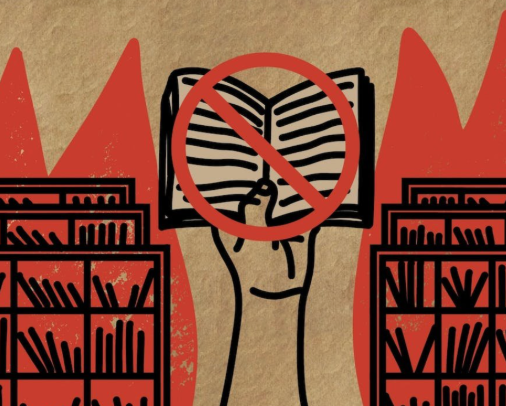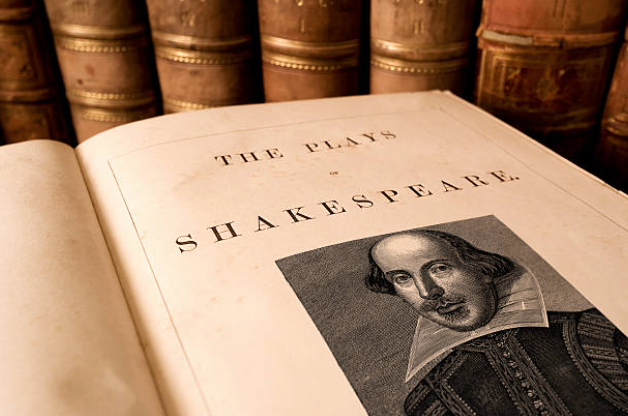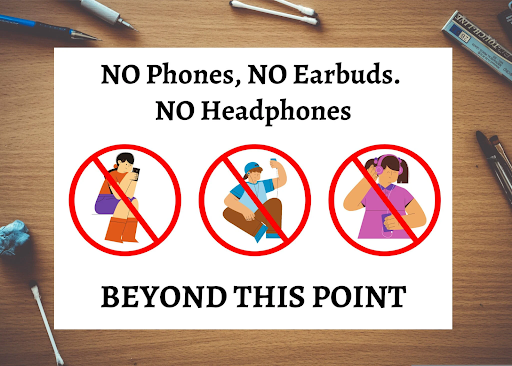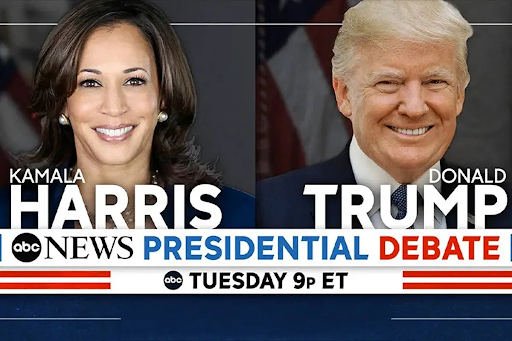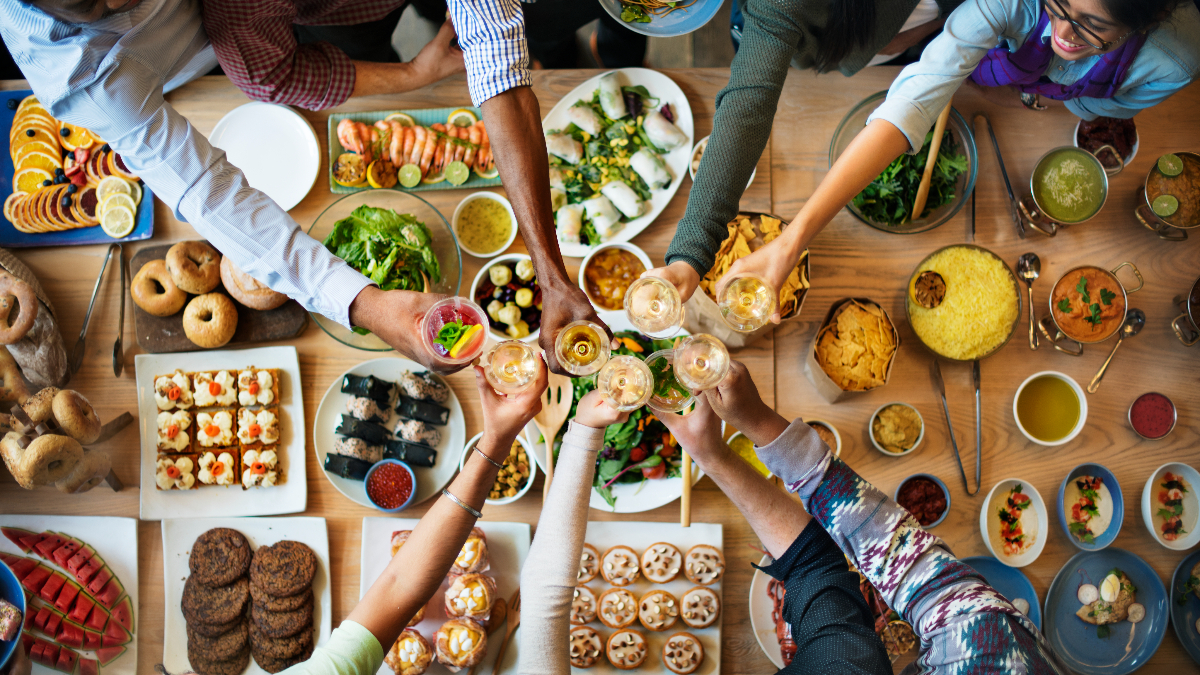In 2024, over 4,000 books were taken off library shelves across the United States. The Hate U Give, The Handmaid’s Tale, and To Kill a Mockingbird were all books that were removed. Why? Some have “too much vulgar language,” while others are labeled “too sexual” and “morally corrupt.” These bans aren’t just about the books; they are about wanting to limit what we are allowed to think, question, and understand.
Reading can be more than just entertainment; it is a way to explore new ideas and perspectives. Books help us take uncomfortable questions and develop empathy for characters going through unimaginable situations. When books like 1984, The Catcher in the Rye, or Beloved, which are known to question and make us think about different situations, are removed from schools and libraries, students lose the opportunity to deepen their understanding of complex narratives and miss the opportunity to think harder, with more complexity, and from different perspectives.
Creativity comes from new and challenging ideas and experiences that push us to think in different ways. When we read texts that are unfamiliar and uncomfortable, we learn and grow. When students are denied access to diverse books, they are also denied the opportunity to explore new concepts. The long-term effect of this is that students are taught to stay inside the lines. Our creativity is significantly reduced, and we are losing the ability to analyze text that involves more difficult concepts.
Book bans also disproportionately target LGBTQIA+ communities and people of color. Titles like This Book Is Gay, All Boys Aren’t Blue, The Autobiography of Malcolm X, and I Know Why the Caged Bird Sings are all books written by minorities that have been banned because they either contain LGBTQIA+ content or mention racism. Many defend these bans because they believe that these ideas are too mature to be taught to younger children. However, these bans aren’t protecting children — they are giving them a false reality of a world that doesn’t have drugs, drinking, racism, and many other very real problems. Book bans make students believe in a world where racism doesn’t exist, where LGBTQIA+ people are invisible, and where struggles that so many minorities face are erased. But that world doesn’t exist. Ignoring these issues doesn’t make them go away; it only leaves children and teenagers unprepared for when they have to encounter them later in life. By banning these books, children’s innocence isn’t being protected; it’s being robbed of knowledge to build a more realistic society.
The fight against book bans isn’t just about fighting for books; it’s also about our rights to think creatively. We cannot live in a world where our access to books is undermined by fear. Each time that a book is banned, we lose the chance to explore new ideas that make us so creative and complex. We need to push back against censorship not just for literature, but for diverse thinking. Freedom of reading is also freedom of thinking, and we have to fight to protect both.

